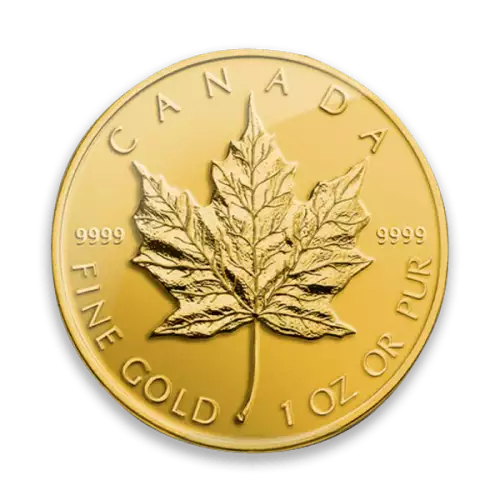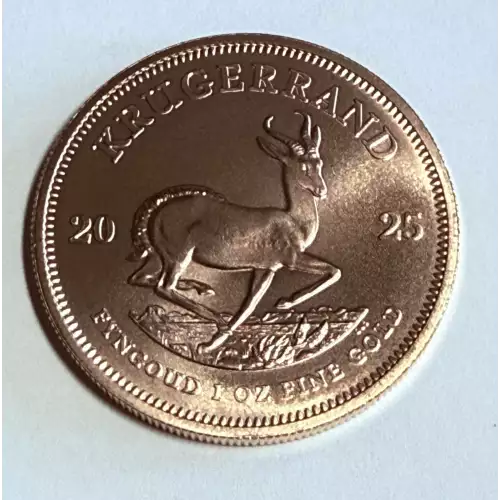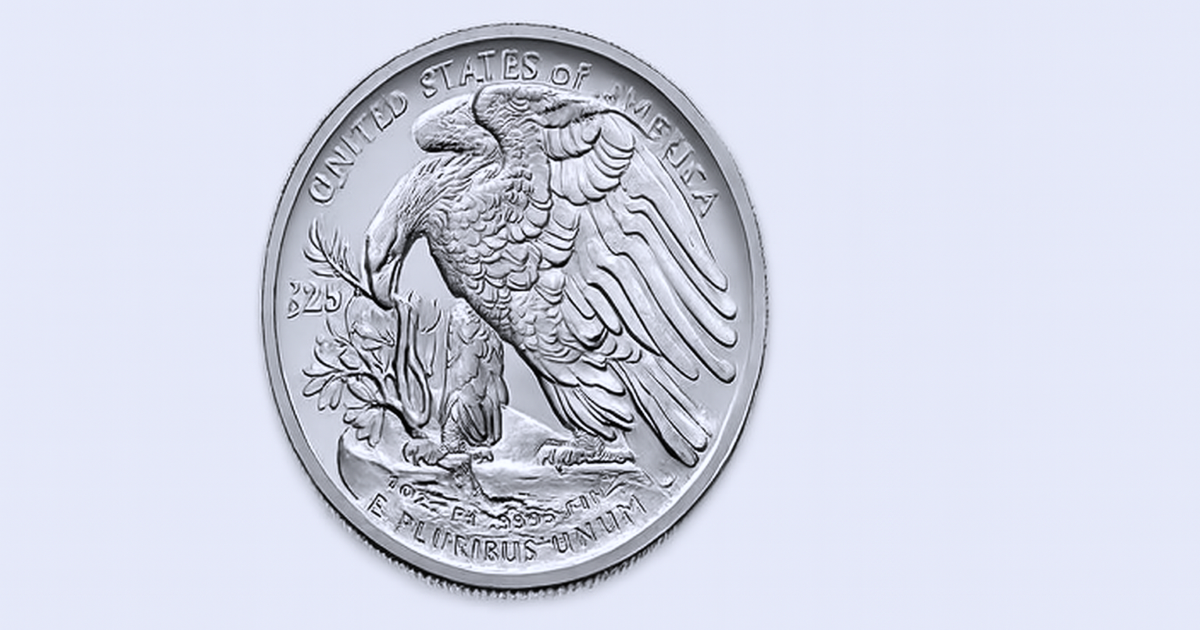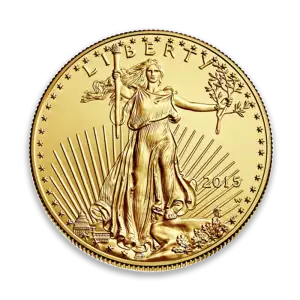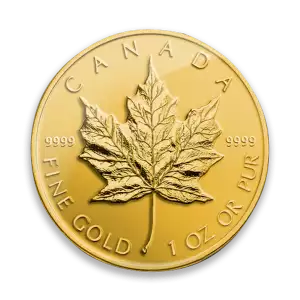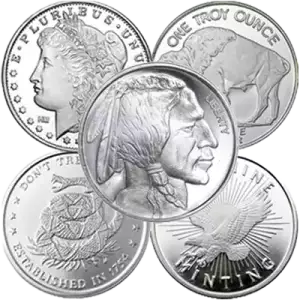
The rumors regarding the government taking away your private gold possessions still remain alive, especially during an economic crisis. The issues trace back to a pivotal moment in US History, with the 1933 gold seizure through Executive Order 6102. Amid the Great Depression, President Franklin D. Roosevelt asked citizens to exchange their gold possessions for paper money. This out-of-pocket event shook people’s confidence and still worries the citizens even today
But how much of that fear carries over in today's financial world? Although history does leave an imprint, it's worth recognizing how much of that fear is based on fact, and how much comes from outdated suppositions or misinformation. Many investors continue to wonder, Can the government seize your gold? The answer is more complicated than a simple yes or no.
In this blog, we’ll examine the truth behind the 1933 gold confiscation, what the law allows today, and how likely such an event could be repeated. Most importantly, we’ll examine practical strategies we, as modern investors, can use to protect our assets, especially in uncertain times.
What Really Happened in the 1933 Gold Seizure?
Rewinding to the year 1933, when the nation was shaken to the core during the Great Depression. Banks were collapsing, the job market was in shambles, and people’s confidence in the financial system had nearly evaporated. In a risky attempt to stabilize the economy to an extent, President Franklin D. Roosevelt signed Executive Order 6102, intending to mobilize privately owned gold into the hands of the Federal Reserve.
This wasn't a gold-heisting rampage. Banks, private citizens, and institutions had to surrender their gold coins, bullion, and certificates for paper dollars, which were worth $20.67 an ounce. Later, the government raised the price to $35, really reducing the value of the dollar and augmenting federal gold reserves.
And for anyone who tried to circumvent it? The penalty was steep: a fine of $10,000 or a possible 10-year prison term. It all added up to more than 600 tons of gold. But don't think it was a scramble-style confiscation of hoarded gold from individual homes. It was a calculated shift in money, not a political panic attack.
Was It Confiscation or a Government Buyback?
If we’re being accurate, the 1933 gold action wasn’t a random seizure of assets. It was more like a forced government buyback at a fixed rate. Citizens were compensated, just not at what would later become the true market value.
Americans who surrendered their gold to the authorities got paid $20.67 an ounce, the then-official price. Soon afterward, the government revalued gold to $35 an ounce, netting the U.S. Treasury a tidy sum and increasing the monetary base. That revaluation wasn't a coincidence, it was a central element of the plan. By raising the value of gold in terms of the dollar, the administration, in effect, devalued the currency, eradicating deflation and pouring liquidity into an underperforming economy.
So was it fair? That depends on your perspective. Was it legal? Yes. This wasn’t theft, it was a legally binding monetary realignment under emergency powers during an economic crisis. It felt like confiscation to many, sure, but technically, it was more about economic control than personal punishment.
Could It Happen Again? Legal & Economic Realities in 2025
This is the big question: Could the government pull off another gold confiscation today, like they did in 1933? Legally speaking, the Gold Reserve Act of 1934 still exists, but the landscape has changed drastically since then. Gold is no longer tied to the dollar, and we’re no longer on a gold standard. That alone changes the game.
In 1933, the action was both financially and politically supported, the economy was on the brink of collapse, and gold was at the heart of the monetary system. Today? That same rationale would be difficult to find. The government no longer requires gold in order to increase the supply of money. Gold has no role whatsoever in supporting the U.S. dollar today. It's an asset, not a foundation of the monetary system.
Could there be new methods of control? Sure, but not the old-fashioned type. The genuine threats these days are from taxation, more stringent reporting requirements, and financial monitoring, not some executive fiat requiring you to turn over your Krugerrands. Regulatory agencies may need to know how much gold you're purchasing, where it's being warehoused, and whether you're accurately reporting capital gains.

Why Gold Confiscation is Not Likely to Happen in Today's Economy
One of the largest reasons a gold confiscation such as 1933 is not going to happen today is straightforward: gold no longer backs the U.S. dollar. The dollar is a fiat currency, held in place by government fiat and economic policy, not physical gold. That means the Federal Reserve no longer must keep large amounts of gold on hand to manipulate the supply of money.
Rather, the Fed uses measures such as interest rate manipulation and quantitative easing (QE) to control economic growth and inflation. Gold is useful but serves symbolically and in an investment capacity, and not a monetary one.
In addition, the U.S. already has enormous gold reserves, like Fort Knox and other safes, so there's no immediate need to confiscate gold from private ownership. The government's attention has turned toward electronic money and money surveillance, manipulating money streams electronically rather than seizing assets in hand.
In short, the economic arsenal of today is all about managing digital dollars, not seizing gold coins.
How to Keep Your Gold Safe: Without Panic or Fear
When protecting your gold, clever action, rather than panic, pays. First, think about diversifying where your gold is kept. To have some at home, some in a bank safe deposit box, and some in a secure third-party vault can diffuse the risk and bring you peace of mind.
Always deal with recognized dealers who provide secure, allocated storage. Your gold is tracked individually and stored separately from everyone else's holdings. This guarantees transparency and safety.
Maintain meticulous records, purchase receipts, storage contracts, and certificates of authenticity. This documentation is your proof of ownership and can be worth its weight in gold if you ever need to confirm your assets.
And lastly, don't let sensationalized news headlines or crazy conspiracy theories dictate your choices. Get informed, remain level-headed, and have faith in solid investment principles. Gold's centuries-long reputation as a stable investment hasn't shifted simply due to some gossip.
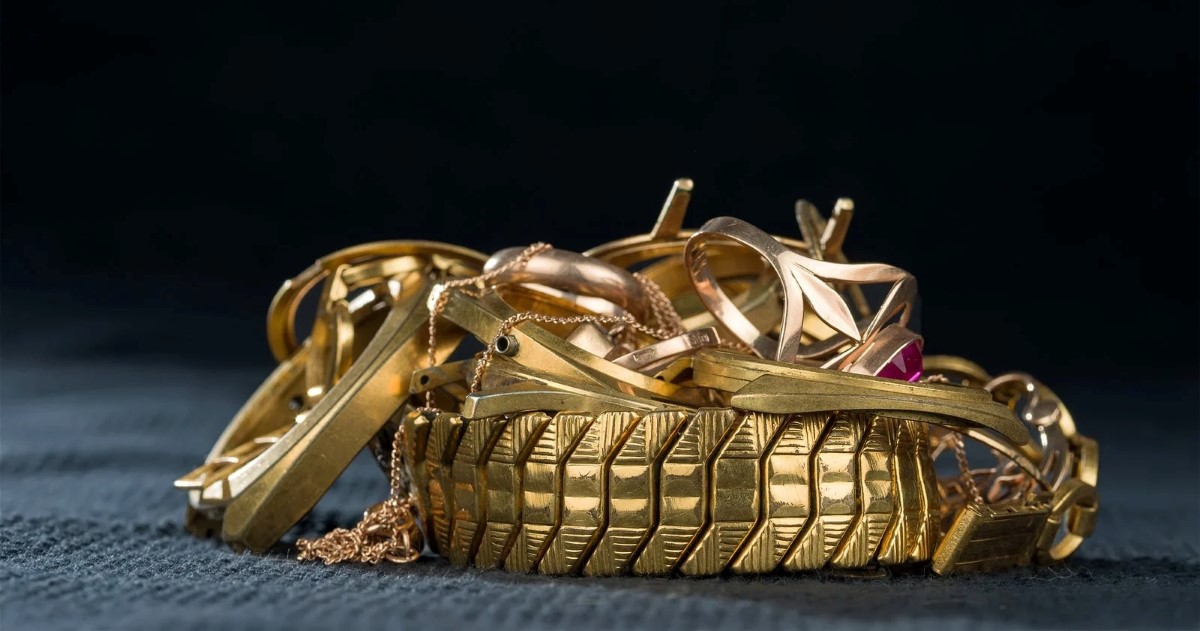
Buy Smart & Stay Informed
The 1933 gold confiscation was a unique event sparked by the unprecedented economic crisis and changing monetary policy. It made a lasting impression on the way humans conceptualize gold and government authority, but those conditions are far different from today.
Today's investors have varied challenges, but the specter of impromptu government gold raids on private holdings is a myth rather than a reality. Rather, active planning, diversified storage, and fact-based investment decisions, rather than fear, are the keys to success.
At Pacific Precious Metals, we’re committed to helping investors build resilient portfolios with real, physical gold, without hype or panic. Whether you’re just starting or looking to secure your holdings, explore our secure storage solutions and premium bullion offerings to invest with confidence.
